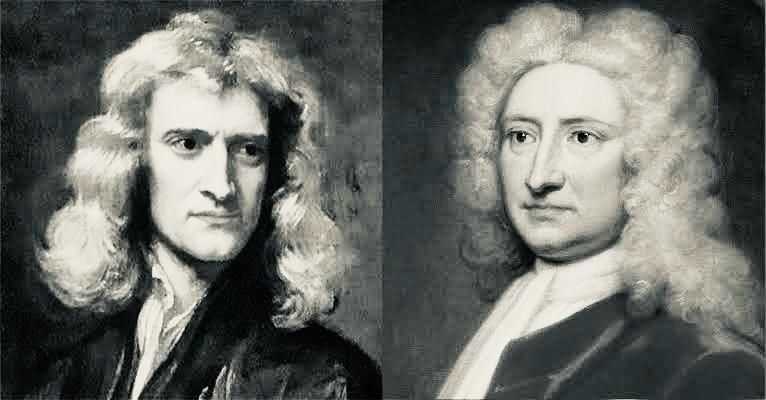
The Quiet Leadership Behind Newton’s Genius
A note to young leaders.
Leadership is the art of seeing what others can become, and the courage to refuse to let them settle for anything less.
We all know Sir Isaac Newton. But behind his iconic fame stands an unsung, un-knighted figure: Edmund Halley.
Newton was a genius to be sure, but also prickly, paranoid, reclusive and conflict-averse. After bitter clashes with rivals like Robert Hooke, Newton withdrew into self-imposed exile, burying his genius in cryptic notes and half-finished manuscripts.
It was Halley who refused to let Newton’s genius go to waste – encouraging, cajoling, championing and personally overseeing the publication of his Principia Mathematica in 1687.
Halley even paid for the printing of Principia out of his own pocket, after the Royal Society’s funds had been squandered on a history of fish (yes, really).
Richard S. Westfall, the preeminent Newton biographer, credits Halley as the “midwife of Principia” describing his intervention as “one of the most self-effacing examples of dedication to science in the history of mankind.”
So there’s something fittingly poetic about the fact that, every 76 years, Halley’s name still blazes across the sky on the comet whose path he predicted using Newton’s mechanics – as if to remind us: “Don’t forget, I had a hand in this too.”
History lauds Newton, and rightly so. But as for me, Halley is the more heroic.